Understanding Amortization
If you’re shopping for your dream home or commercial property you may have come across the term “amortization”. Perhaps while looking at loan options you've seen partially amortized or fully amortized loans. Amortization is the process of spreading out a loan and interest into a series fixed payments over a set period of time. The loan is completely paid off at the end of the repayment schedule. But what does it mean in regards to your home loan and how does it work?
Fully Amortized Loans
Amortization refers to the process of paying off debt over a period of time in regular installments. These installments or payments include interest and principal. Typically, the total monthly payment is specified when you take out a loan. These payments are sure to repay the loan in full by its term completion. Early during the life of the loan, a higher percentage of the flat monthly payment goes toward interest. With each monthly payment, a greater amount of the overall payment goes toward the loan's principal. Less of your payment goes toward interest as the loan matures.
Amortization schedules begin with the loan balance or the amount of principal due. You can easily calculate the amount paid to interest on a monthly payment. Multiply the interest rate and the loan balance then divide by twelve. The amount of principal paid each month is the total monthly payment minus the interest payment for that month.
The following month, the amount paid toward principal is higher. The amount paid toward interest is lower. The outstanding loan balance is calculated by subtracting the most recent principal payment from the previous month's outstanding balance. The interest payment is again calculated off the new loan balance. This pattern continues throughout the life of the loan. This pattern ensures the principal has been paid and the loan balance is zero when the loan term ends. Aspects of amortization can also be calculated using an amortization calculator.
Partially Amortized Loans
A partially amortized loan is a special type of loan which involves partial amortization during the loan term. However, they differ from a fully amortized loan because a balloon payment is due on the loan maturity date.
These loans are most commonly found in commercial lending arrangements, such as hotel financing. They allow the bank or financial institution to set a fixed interest rate for a certain time period. It is common for partially amortized loans to have a shorter loan term than what would be seen in a fully amortized loan. These loans require considerably lower payments than would otherwise be possible during the term length. This allows the project itself time to grow and appreciate or begin to earn revenue. Longer notes have the real possibility of suffering due to inflation. Inflation can reduce the final maturity value of the collateral underlying the loan. The lender doesn't have to take on significant risk due to the length of the loan. This is beneficial for both the borrower and the lender.
The primary benefit to the borrower with this type of loan is cash flow. With lower monthly payments the borrower has access to more cash during the term of the loan. However, despite their potential cash flow benefits there is great risk involved in a partially amortized loan. The largest risk with taking on a partially amortized loan is the balloon payment that is due at the end of the loan term. That large lump sum payment can be devastating to persons or businesses that do not adequately prepare for it. A common mistake people make is assuming they'll be able to refinance and refinancing may not be available. If it is available the terms may not be financially acceptable for the borrower.
Bottom Line
Whether you're looking for a place to call home or a new business location, an amortized loan may be what you need. Monthly payments without fluctuation provide stability and predictability within your monthly budget. Contact Peoples Choice Mortgage today to learn more about amortized loans as well as your other available loan options. We can help you find the right loan for you and your budget.

